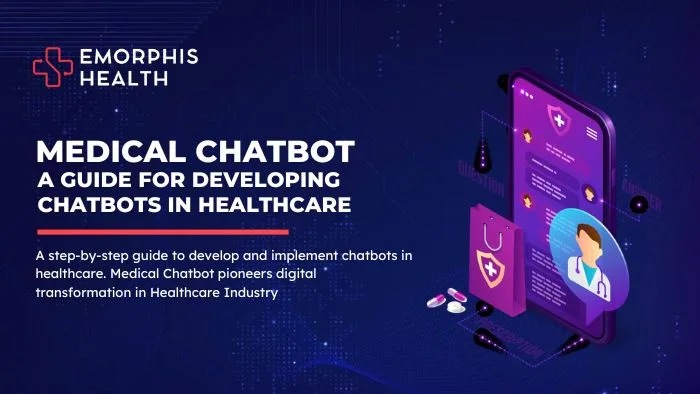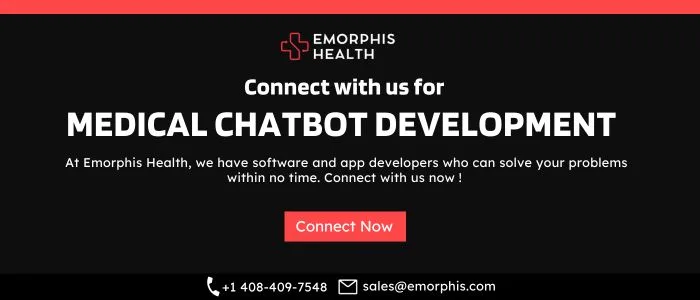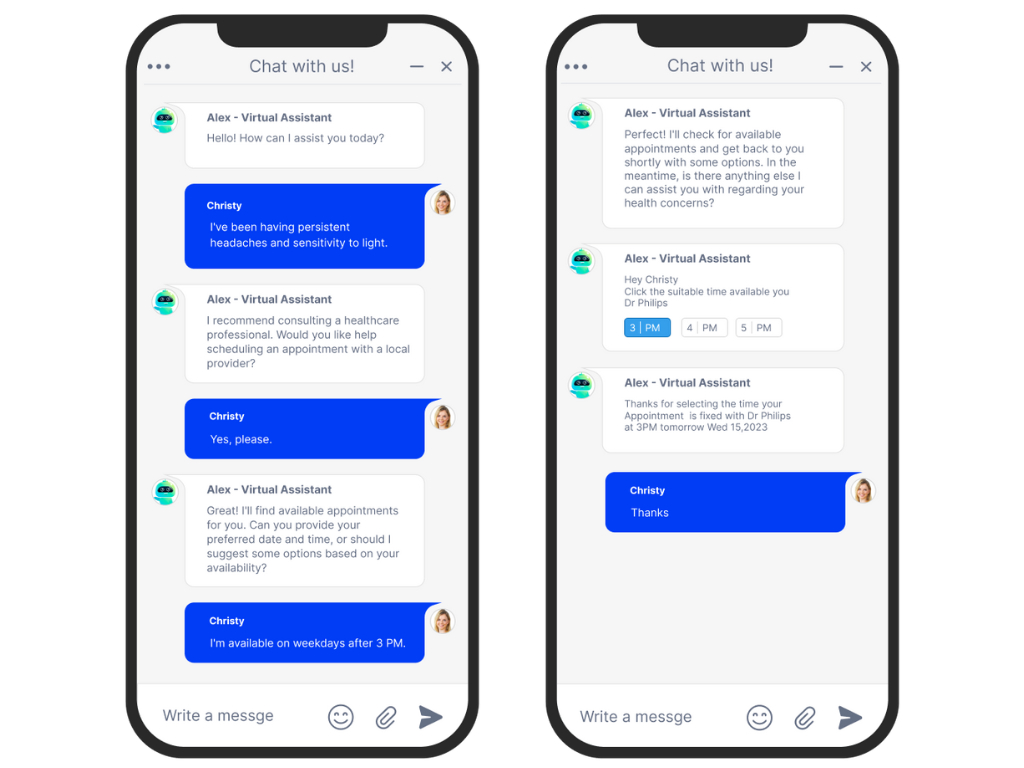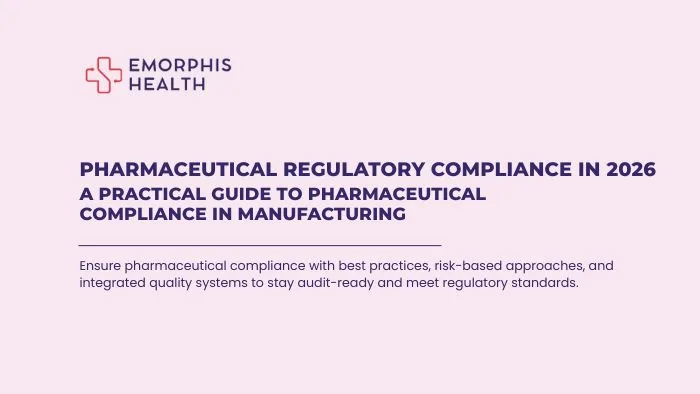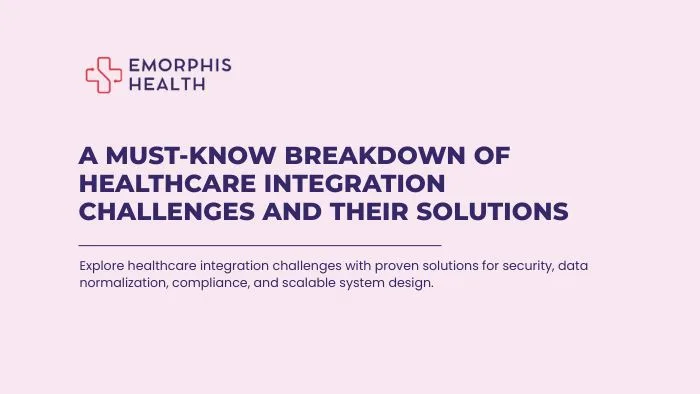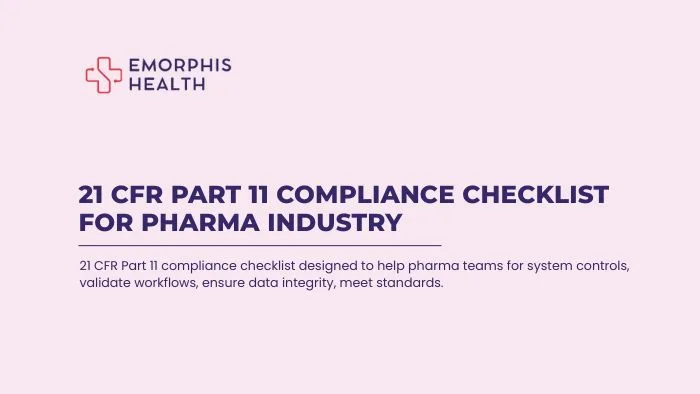Introduction: The Rising Role of Medical Chatbot
See Contents
In recent years, the healthcare landscape has witnessed a transformative integration of technology, with medical chatbots at the forefront of this evolution. Medical chatbots also referred to as health bots or medical AI chatbots, have become instrumental in reshaping patient engagement and accessibility within the healthcare industry. Hence, chatbots in healthcare are reshaping patient interactions and accessibility.
As we delve into the realm of conversational AI in healthcare, it becomes evident that these medical chatbot play a pivotal role in enhancing the overall patient experience. Beyond the conventional methods of interaction, the incorporation of chatbots in healthcare holds the promise of revolutionizing how patients access information, receive medical advice, and engage with healthcare professionals.
In this comprehensive guide, we will explore the step-by-step process of developing and implementing medical chatbot, shedding light on their crucial role in improving patient engagement and healthcare accessibility.
Step-by-Step Process of Developing and Implementing Chatbots in Healthcare
Technology is radically changing the way that patient care is provided in the quickly changing field of healthcare. The use of chatbots in healthcare is one of these technological developments that has gained popularity. These sophisticated conversational tools, sometimes known as medical chatbots or health bots, help patients and healthcare providers communicate easily. We will examine the methodical approach to creating and deploying chatbots in the healthcare industry in this post.
Step 1: Needs Assessment
In the first stage, a comprehensive needs analysis is conducted to pinpoint particular healthcare domains that stand to gain from a conversational AI solution. Comprehending the obstacles encountered by healthcare providers and patients is crucial for customizing the functionalities of the chatbot. This stage guarantees that the medical chatbot solves practical problems and improves the patient experience.
Step 2: Define Objectives and Scope
Clearly describing the needs and their scope is essential once they have been recognized. A clearly defined scope guarantees that the chatbot’s skills correspond with the intended results, whether those outcomes be expediting appointment scheduling, offering medical information, or aiding in medical diagnosis. The groundwork for a focused and efficient conversational AI in healthcare is laid by this action.
Step 3: Design Conversational Flow
A key component of creating a successful health bot is creating a conversational flow that is easy to understand. Transitional phrases like “furthermore” and “moreover” can be used to build a smooth conversation between the user and the chatbot. In order to enable a seamless interchange of information about medical questions or symptoms, interactions should be natural and easy to use.
Step 4: Integration with Electronic Health Records (EHR)
Integrating the chatbot with Electronic Health Records (EHR) is crucial to improving its functionality. By taking this step, you can make sure that the health bot has access to pertinent patient data, enabling tailored responses and precise medical advice. Smooth integration enhances the chatbot’s ability to diagnose medical conditions and enhances the provision of healthcare services in general.
Step 5: Testing and Optimization
Thorough testing is done beforehand to make sure the chatbot functions well in actual situations. The health bot’s functionality and responses are greatly enhanced by user feedback and data analytics. For medical diagnosis and other healthcare applications, the accuracy and dependability of the chatbot are improved through ongoing development based on user interactions.
Step 6: Compliance with Healthcare Regulations
A crucial stage in the creation of medical chatbot is guaranteeing adherence to healthcare laws. Adherence to laws such as HIPAA cannot be undermined in order to protect patient privacy and security. By taking this action, the use of chatbots to handle sensitive healthcare data is given credibility and trust.
Step 7: Multi-language and Accessibility Integration
It is critical to incorporate multilingual support and guarantee accessibility in order to serve a varied patient population. By taking this step, the chatbot’s reach is increased and it can effectively communicate with users who might prefer a different language or who need accessibility features.
Step 8: AI Training and Ongoing Education
It is important to consider continuous learning and development when developing healthcare chatbots. The health bot uses machine learning algorithms to adapt to new data, expanding medical knowledge, and changing user needs. hence it’s important to have the updates on the chatbot’s backend.
Step 9: Instruction and Training for Users
A successful implementation of the medical chatbot depends on informing users about its capabilities and limitations. Giving patients and medical professionals clear instructions and training materials guarantees that they utilize the chatbot to its full potential, which enhances the overall success
Step 10: Deployment and Monitoring
The chatbot has undergone extensive testing and optimization and is now prepared for use. It is crucial to keep an eye on its performance. With real-time monitoring, problems can be quickly identified, user feedback can be analyzed, and changes can be made quickly to keep the health bot working effectively in a variety of healthcare scenarios.
The overall functionality, dependability, and user experience of chatbots in the healthcare industry are improved by adding these extra steps to the development and deployment process. Through the adoption of a patient-centered technology strategy, healthcare providers can fully utilize medical chatbots to transform the way patients receive and receive care.
1. How can we implement chatbots in healthcare systems to enhance patient engagement without causing disruptions to existing workflows?
To seamlessly implement chatbots in healthcare systems, a phased approach is crucial. Start by defining specific objectives for the chatbot, such as appointment scheduling or symptom checking, aligning with existing workflows. Identify the target audience and potential user scenarios to tailor the chatbot’s functionalities. Integration with electronic health record (EHR) systems streamlines access to relevant patient data, enhancing personalized assistance. Regularly update the chatbot based on user feedback and healthcare advancements to ensure continuous alignment with evolving workflows.
Find more Patient Engagement Solutions – Empowering Patients through Technology Innovations
2. What strategies can be employed to ensure the privacy and security of patient data when utilizing chatbots in healthcare applications?
Ensuring the privacy and security of patient data with healthcare chatbots involves strict adherence to regulations like HIPAA. Employ robust encryption and secure authentication mechanisms to safeguard data transmission. Regularly update and patch security vulnerabilities, and integrate access controls to manage data access. Comply with healthcare interoperability standards like HL7 and FHIR for seamless communication with Electronic Medical Records (EMRs). Proactive monitoring and rapid issue resolution protocols further fortify the security posture.
3. How do we design chatbot interfaces to provide valuable medical information to users while avoiding the risk of misinformation and maintaining accuracy in responses?
Designing chatbot interfaces for medical information involves training the Natural Language Processing (NLP) model on medical terminology. Implement dynamic conversation pathways for personalized responses, enhancing accuracy. Regularly update the chatbot’s knowledge base to incorporate new medical knowledge. Implement user feedback mechanisms to iteratively refine the chatbot based on insights gathered. By prioritizing NLP training, dynamic responses, and continuous learning, the chatbot interface minimizes the risk of misinformation and ensures accuracy.
4. What measures can be taken to integrate chatbots into healthcare platforms for improved patient communication, while minimizing the risk of user frustration or dissatisfaction?
Integrating chatbots into healthcare platforms requires a user-centric approach. Design intuitive interfaces for seamless interactions, reducing the risk of frustration. Map out user journeys for different scenarios, ensuring the chatbot’s adaptability. Implement multi-modal interaction options, such as voice commands or graphical interfaces, to cater to diverse user preferences. Regularly update the chatbot based on user feedback to address pain points and enhance user satisfaction. By prioritizing user experience and flexibility, chatbots become effective communication tools without risking user dissatisfaction.
5. How can we seamlessly integrate chatbots into electronic health record (EHR) systems to streamline administrative tasks for healthcare professionals, avoiding any potential data input errors?
Seamless integration of chatbots into EHR systems involves compliance with healthcare standards like HL7 and FHIR. Develop interfaces that enable the chatbot to access and retrieve relevant information from EHRs. Prioritize interoperability to ensure compatibility with diverse healthcare applications. Implement encryption protocols for secure data transmission and stringent access controls to regulate data access. Regularly update the chatbot based on advancements in medical knowledge to enhance its efficiency. This integration streamlines administrative tasks, reducing the risk of data input errors and improving overall workflow efficiency.
6. What strategies should be adopted to ensure the compliance of healthcare chatbots with industry regulations and standards, thereby avoiding legal challenges for our clients?
Ensuring compliance with healthcare chatbots involves a meticulous understanding of industry regulations, such as HIPAA. Implement robust encryption, secure authentication mechanisms, and access controls to safeguard patient data. Regularly update security protocols to align with evolving regulations and standards. Conduct regular audits to identify and patch vulnerabilities, ensuring the chatbot’s adherence to legal requirements. Proactively monitor regulation changes and update the chatbot accordingly to avoid legal challenges for clients.
7. How can we design chatbot functionalities that facilitate remote patient monitoring without compromising the accuracy and timeliness of health data collection?
Designing chatbot functionalities for remote patient monitoring requires a balance between accuracy and timeliness. Implement features that allow the chatbot to collect and analyze health data in real-time. Leverage machine learning algorithms for adaptive interactions and continuous learning from user inputs. Ensure compatibility with remote monitoring devices for seamless data integration. Regularly update the chatbot’s knowledge base to incorporate advancements in remote monitoring technologies. By prioritizing real-time data collection and continuous learning, the chatbot facilitates remote patient monitoring without compromising accuracy.
8. How can you customize healthcare chatbots for different user demographics, ensuring inclusivity and avoiding potential disparities in user experience?
Customizing healthcare chatbots for different user demographics involves a user-centric design approach. Consider diverse user preferences, language preferences, and accessibility needs. Implement multilingual support and inclusive design features, such as compatibility with assistive technologies. Leverage analytics to gather insights into user interactions and preferences. Iteratively refine the chatbot based on user feedback to address potential disparities in user experience. By embracing inclusivity in design and continuous refinement, healthcare chatbots become versatile and cater to diverse user demographics effectively.
Before you go here is an interesting read – Integrated Health Solutions – Advancing Healthcare Delivery

